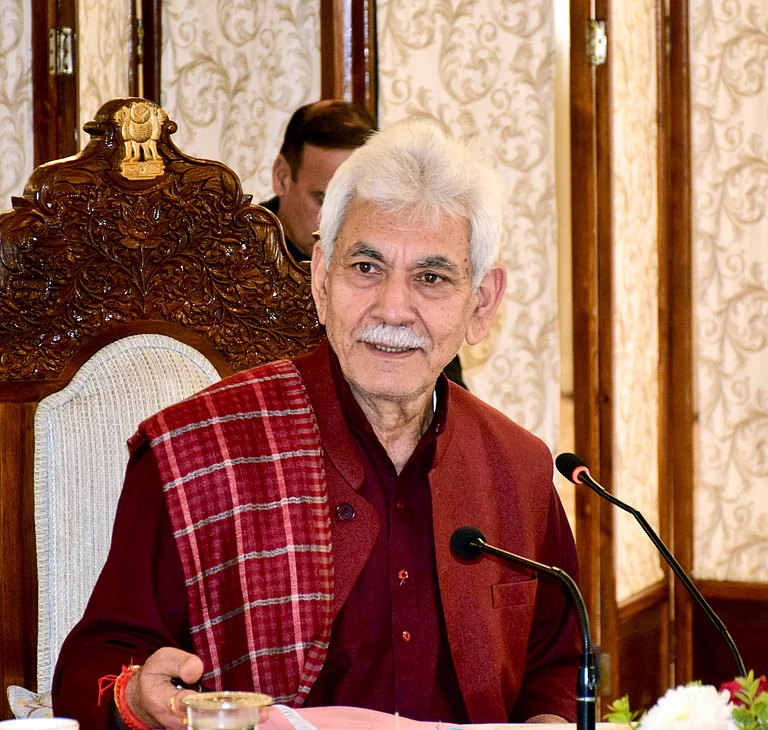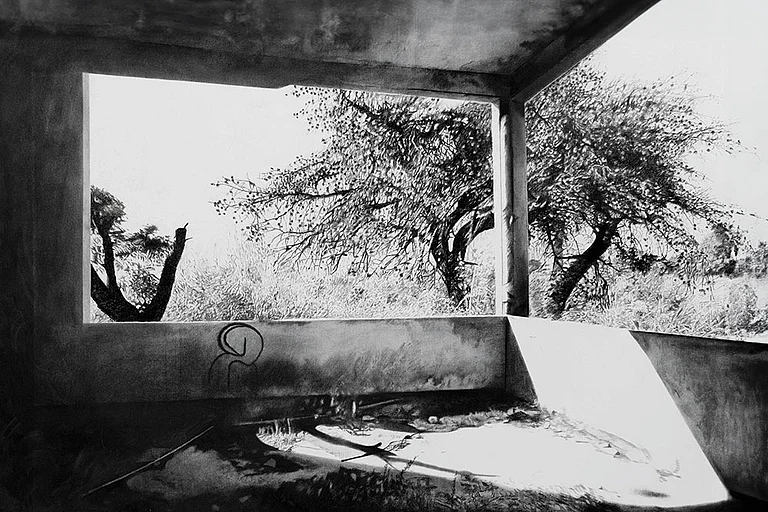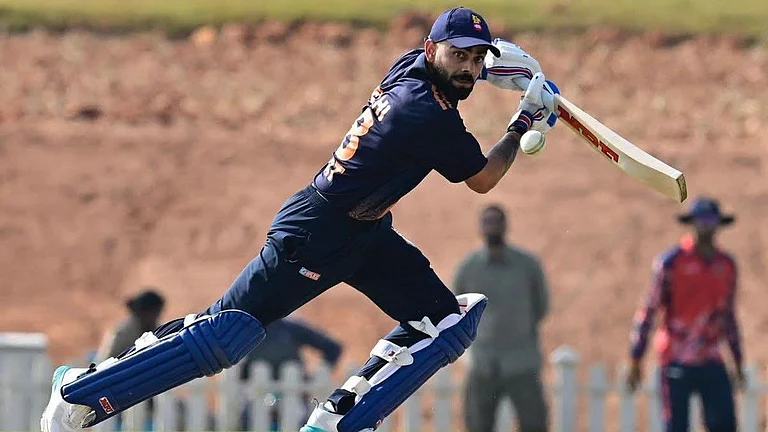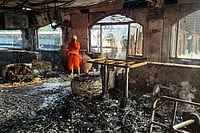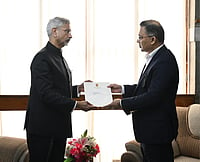Given the less-than-rosy nature of Indo-Nepal ties, it wasn’t surprising thatKathmandu failed to warm up to Indian External Affairs Minister Pranab Mukherjee when hedropped by last month. Most Nepalis acknowledged him with the measured scepticism usuallyreserved for all visiting officials from India. And why not? Such visits follow a setroutine: a hyped-up arrival, a few open-ended agreements and a departure amid mutualcommitment to age-old friendship.
But the politics of rhetoric could be changing at last. On January 29,after three days of hectic talks that often stretched late into the night, Nepal’sForeign Minister Prakash Chandra Lohani and Mukherjee initialled the new treaty onTanakpur as Nepalese Prime Minister Sher Bahadur Deuba and his entire cabinet looked onwith satisfaction. The treaty will bring the neighbours on an equalfooting for the firsttime over the most ambitious project yet in the history of bilateral cooperation. Theagreement will receive the final stamp of approval when the prime ministers of the twonations sign the treaty during Deuba’s visit to New Delhi on February 12.
"It will open a new era of cooperation," saidMukherjee. "Most significantly, the new treaty defines the shape of Indo-Nepal tiesin concrete terms," Lohani told Outlook. The agreement gives Nepal far morebene-fits than decided upon earlier, and is part of a comprehensive treaty on theintegrateddevelopment of the Mahakali river. It effectively puts an end to the five-yearstalemate over the Tanakpur Barrage. Under the umbrella agreement, the 4,000-plus MWPancheswore hydel project is to be built on the Mahakali in west Nepal, and is expected tocost upwards of $5 billion. The Integrated Development Treaty overrides all previoustreaties on the frontier river. Separate provisions have been made for the existingSharada Barrage and Pancheswore.
The treaty grants Nepal equal rights on sharing of waters and otherbenefits accruing from all future projects on the Maha-kali. From Tanakpur, besidestripling the power supply to 70 million units of electricity, India will also double itswater supply to Nepal from 150 cusecs to 300 cusecs. India’s disproportionately largeclaim over water resources in some frontier projects had earlier angered most Nepalis.
Nepal’s communist parties, particularly the CPN(UML), the largest party inParliament, have successfully played the nationalist card to gain electoral ground on theissue of sharing water resources with India. "Even now, if the idea of equitablesharing is just a strategic move on the part of India to secure Pancheswore, there arereasons to be sceptical," says Sridhar Khatri, a political science teacher atTribhuvan University.
The genesis of the Tanakpur controversy dates back to 1991, when the then primeminister Girija Prasad Koirala signed the Tanakpur agreement—which gave India 2.9hectares of Nepalese territory for the Indian-built Tanakpur Barrage. He was accused bythe Opposition of compromising national interests and "handing over Tanakpur to Indiaas a gift". Their claim: Koirala got too little in return. In 1993, the NepaliCongress government was told by the Supreme Court that it would have to seek aparliamentary ratification, which has remained elusive ever since.
This time, all parties have admitted that the recent breakthrough has been possible dueto the newly-forged national consensus. "It’s a lesson to Nepal’s politicalparties. You need a modicum of understanding, at least, in matters relating to foreignpolicy," says Khatri.
"The new treaty is definitely a better agreement than the previous one,"observes Yadavkant Silwal, former SAARC secretary-general. "The ruling coalition mustbe commended for hammering out the ever-elusive national consensus...it’s a pointerto a good future as far as Nepal-India ties are concerned. Nepal is finally getting rid ofits India-paranoia and India, on its part, is becoming increasingly accommodating towardsits neighbours." The thaw should now extend to areas like trade, he adds.
But sceptics remain. Deepak Gyanwali, a noted hydro-power expert, describes the treatyas a political sleight of hand. "It is not a national consensus but a mereface-saving act on the part of political parties." Instead of resolving the Tanakpurissue in isolation, the new integrated approach has dragged a much larger project into thecontroversy, while leaving a number of questions unanswered, say the critics.
They cite the huge difference between Nepalese and Indian claims over thePanch-eswore project’s estimated output. While a Nepalese detailed project report(DPR) says the river can generate 6,000 MW of power, an Indian DPR puts the output at4,000 MW. Critics ridicule plans to prepare a new DPR in six months and a detailedengineering study in another 18 months. The project itself is to be completed within eightyears.
People like Khatri are worried by the euphoria the accord has created. "We seem tojump from one extreme to another," he remarks. "Once it was hopeless inactionand now it’s over-excitement. Good foreign policy is marked by cautiousoptimism."







